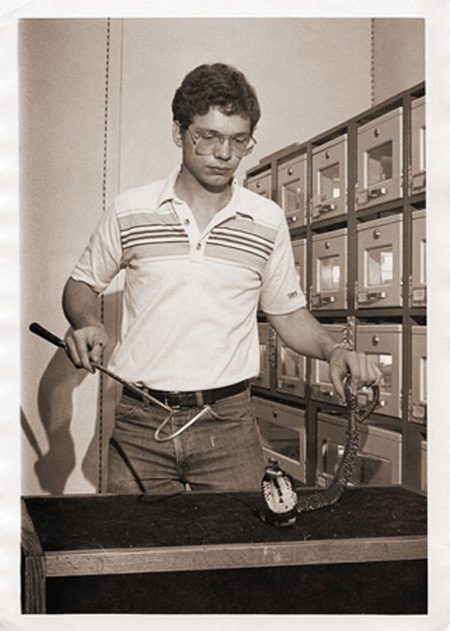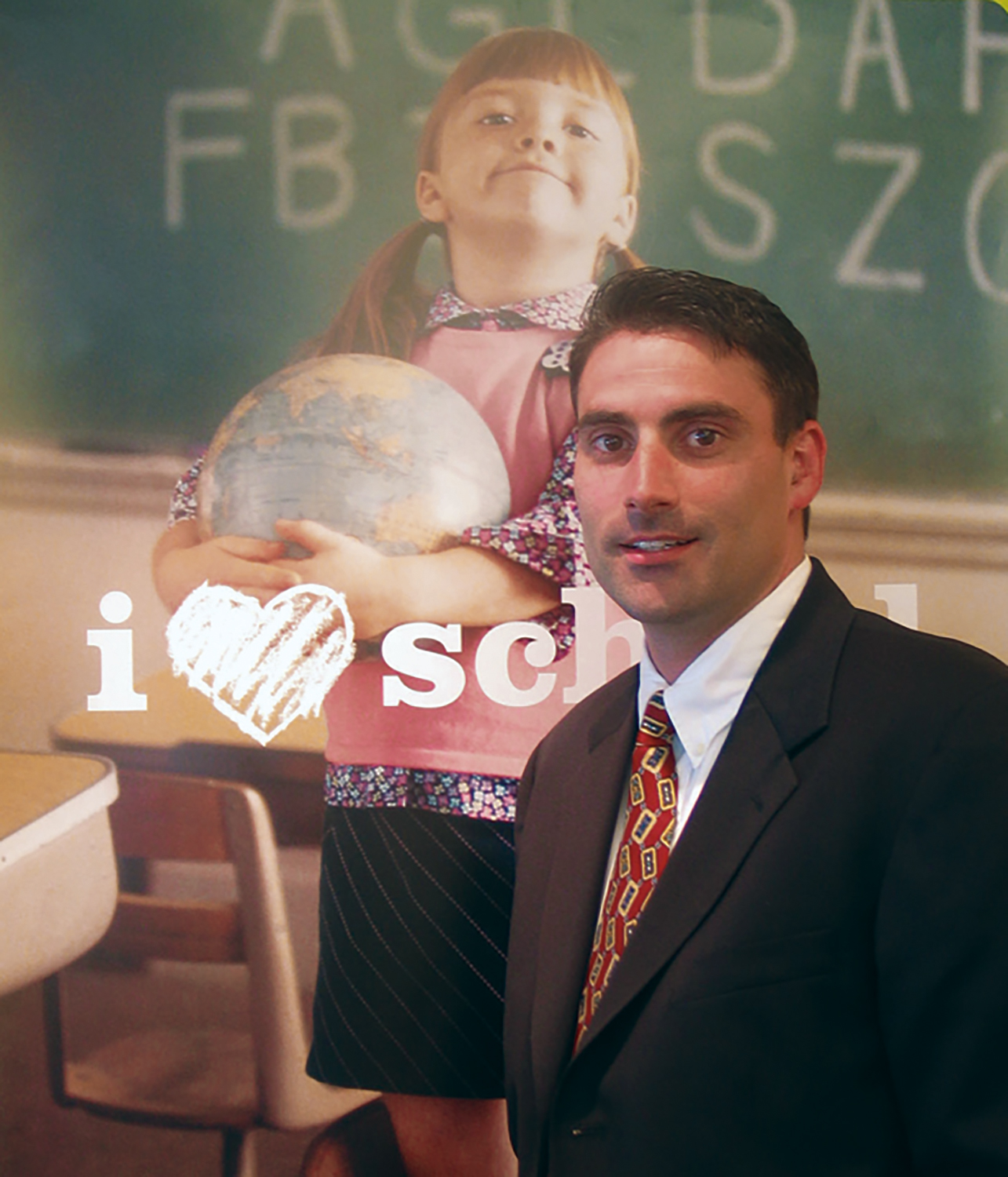
The results of Royal Skousen’s efforts now reside in three volumes, which contain not only a history and description of the original Book of Mormon manuscripts, but also color photographs of select portions.
AFTER more than a decade of research, BYU English professor Royal J. Skousen, ’69, has completed typographical transcripts of the handwritten original and printer’s manuscripts of the Book of Mormon. A three-book set of the manuscripts is now available to scholars for the first time.
The first volume in the series contains a transcript of the remaining portions of the original manuscript, which is the text written down by various scribes as Joseph Smith, first president of The Church of Jesus Christ of Latter-day Saints, dictated the translation of the book from ancient records. In 1841 Joseph Smith placed the original manuscript in the cornerstone of the Nauvoo House in Nauvoo, Ill. Upon its removal in 1882, most of the manuscript had been destroyed by mold and water seepage; only 28 percent of the original manuscript remains.
The second and third books contain a transcript of the printer’s manuscript, a handwritten copy of the original manuscript used for typesetting the 1830 edition. The printer’s manuscript is virtually 100 percent intact and is held by the Community of Christ (previously known as the Reorganized Church of Jesus Christ of Latter Day Saints) in Independence, Mo.
The newly published volumes make available to researchers the earliest primary sources needed for scholarly study of the Book of Mormon.
“As an internationally respected linguist, Professor Royal Skousen has produced a careful, scholarly transcript of the original textual sources associated with the Book of Mormon,” says BYU president Merrill J. Bateman. “This is an outstanding piece of scholarship by a well-respected professional.”
The volumes display the earliest available wording of the Book of Mormon. Additionally, the books provide a history and description of the manuscripts and feature color and ultraviolet photographs of select parts of the manuscripts, including a fragment showing what is considered the oldest existing sample of Joseph Smith’s handwriting.
For Skousen the books are the result of 13 years of work–hunting down lost fragments of the original manuscript, analyzing language and structure, and reconstructing the handwritten text into type. The project required his skills in linguistics, orthography, Hebrew, Greek, computers, and technology.
As he worked Skousen found 14 examples of a common Hebrew-like construction in the text. Where English uses an “if-then” structure, Hebrew uses an “if-and” structure, said Skousen. In the original text, one passage reads, “If ye shall ask with a sincere heart with real intent having faith in Christ and he will manifest the truth of it unto you.” Cases of the “if -and” structure, uncharacteristic of English, were removed by Joseph Smith later for clarity.
“Many of the changes Joseph Smith made to the text are like that. They are not earthshaking changes, but were made to improve the readability of the text,” says Skousen.
The transcripts of the two manuscripts are the first part of a planned five-volume series published by BYU‘s Institute for the Study and Preservation of Ancient Religious Texts, of which the Foundation for Ancient Research and Mormon Studies (FARMS) is a division.
“Because Dr. Skousen’s work was meticulously done, it will serve as a solid foundation for further study of the Book of Mormon and will help researchers be more precise in their study of its literary techniques,” said Daniel C. Peterson, ’77, chairman of FARMS.
Info: 1-800-327-6715









